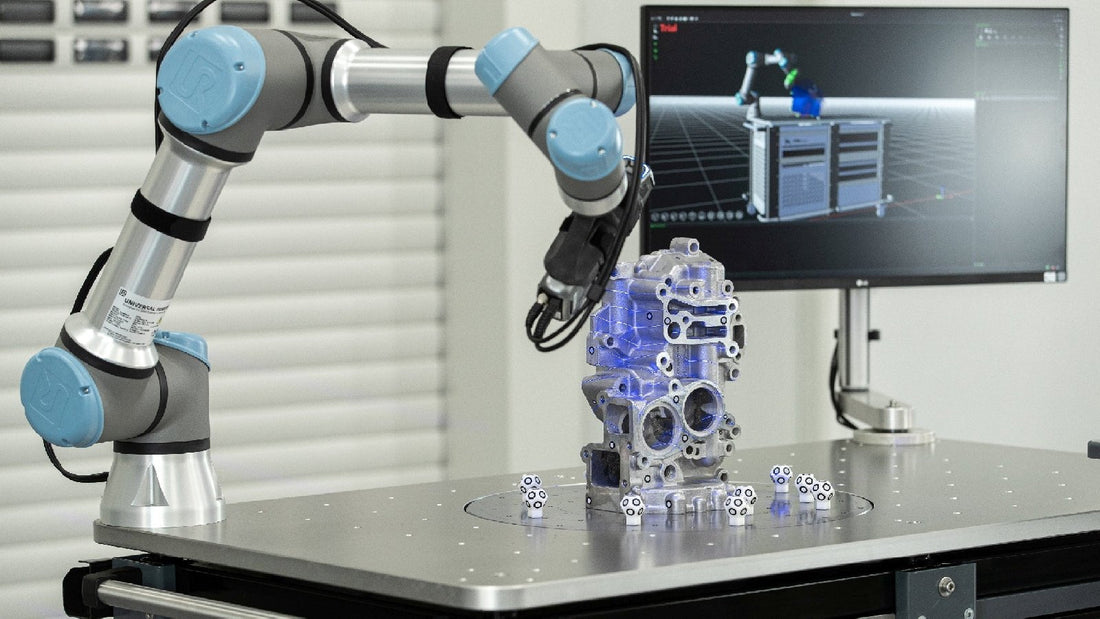
Ensuring Accuracy: The Importance of Precision in 3D Scanning
Share
Introduction: Accuracy and precision are crucial in 3D scanning, as they directly impact the quality and reliability of the digital models created. This post delves into the factors that affect accuracy and how to achieve high precision in 3D scanning.
Factors Affecting Accuracy:
- Scanner Quality: Higher-end scanners typically offer better resolution and accuracy.
- Calibration: Regular calibration ensures consistent performance and accuracy.
- Environmental Conditions: Stable lighting and controlled environments reduce scanning errors.
- Object Characteristics: Surface texture, color, and material can influence scan quality.
Achieving High Precision:
- Proper Setup: Ensure optimal positioning and stability of both the scanner and the object.
- Multiple Scans: Combining scans from different angles improves detail and accuracy.
- Post-Processing: Use software tools to refine and enhance the scanned data for better precision.

Applications Requiring High Accuracy:
- Medical Devices: Custom implants and prosthetics require precise measurements for a perfect fit.
- Aerospace: High-precision parts are essential for safety and performance.
- Quality Inspection: Ensure products meet stringent standards and specifications.
Conclusion: Precision in 3D scanning is vital for producing reliable and high-quality digital models. By understanding and addressing the factors that affect accuracy, businesses can leverage 3D scanning to achieve superior results in various applications.
